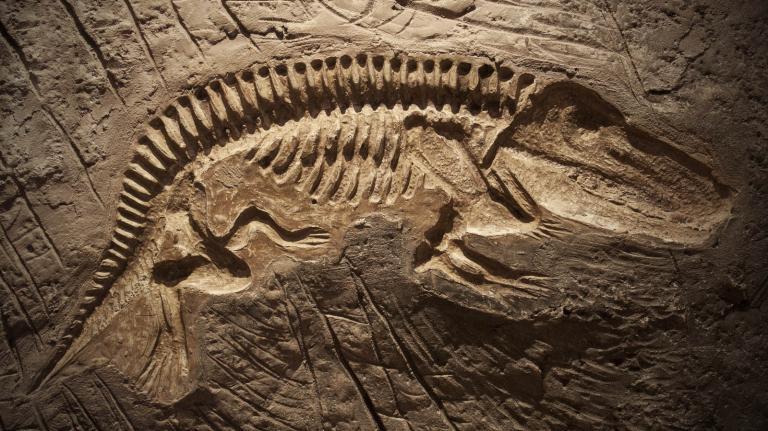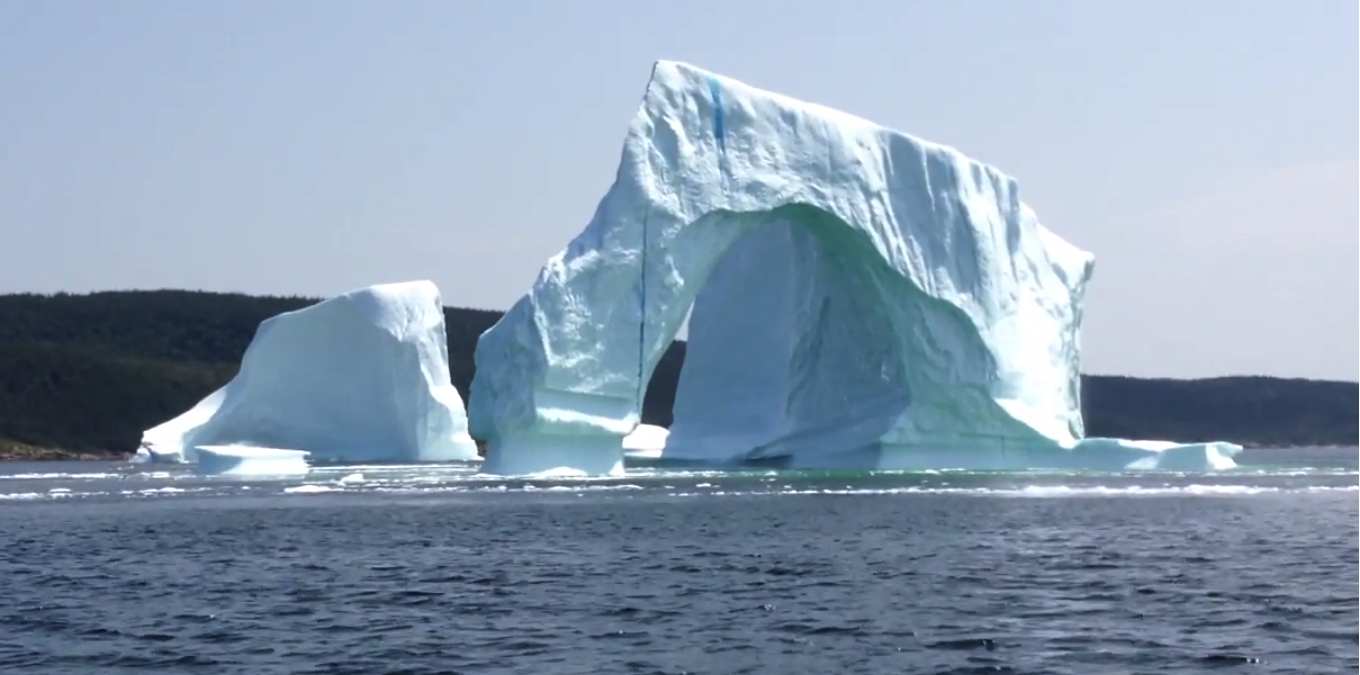Climate change is melting ice at both ends of the planet — just ask the researchers who published two papers in May saying that a major expanses of Antarctic ice are now undergoing a “continuous and rapid retreat” and may have “passed the point of no return.”
As the poles melt, icebergs are breaking off and drifting with greater ease, creating a world of problems for humans and animals alike. In Antarctica, warmer winters mean icebergs aren’t held in place as they once were, and are now colliding with the ocean floor more frequently, laying waste to a complex ecosystem. In Greenland, summer icebergs — like one twice the size of Manhattan that broke off 2012 — can clog up shipping lanes and damage offshore oil platforms.
But whether climate change set it free or not, even a single ‘berg can be dangerous if you get too close, as this couple discovered when they took a look at one floating off the coast of Newfoundland, in eastern Canada.
h/t to Minnesota Public Radio News for finding this one.
 This story was produced by Mother Jones as part of the Climate Desk collaboration.
This story was produced by Mother Jones as part of the Climate Desk collaboration.




